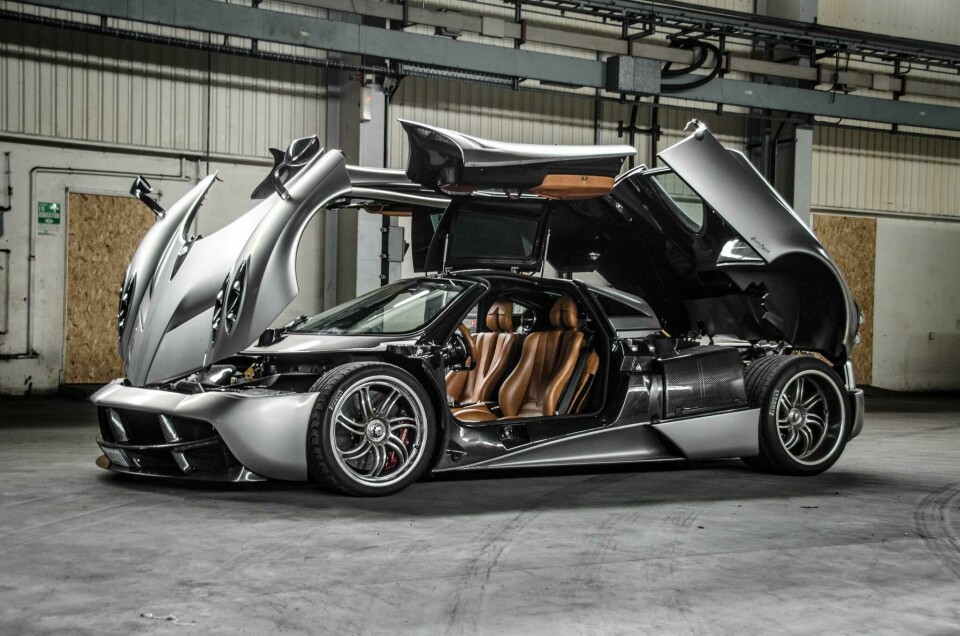
Pagani Huayra Exposed Shift Mechanism (2012-)
Pagani’s manual shifter for its semi-automatic transmission is entirely unnecessary, but still brilliant
So here is one for you – when does design stop being about the resolution of a problem and start becoming a superfluous aesthetic exercise? The Pagani Huayra could easily boast the most fabulous or the most overwrought interior in the supercar game, depending on your point of view. For the most part, the interior is driven by functionality that’s presented in a creative manner. The gearbox controller though, well that is a purely aesthetic component… so is it a design flourish or a farce?
First we have to understand the man behind it. Horacio Pagani, the Argentinian-born father of Pagani Automobili, relocated to Italy to follow his dream of building his own supercar. He began to gather recognition with his work in the advancement of a material that then was only in use in aviation and military applications: carbon fibre.
Part of the team at Lamborghini developing carbon fibre for its road cars, Horacio Pagani eventually set up his own composite materials research and development company to fund just one thing – his own dream supercar.

2012-present Pagani Huayra
The Pagani Zonda and its subsequent variants turned this little-known engineer into a hypercar building oligarch – but his second album, the Huayra, was less a task in realising his personal dream and more about pushing the limits of design and technology in an exclusive, limited-build supercar. Built around a new twin-turbocharged V12 engine, this second model was designed to use a semi-automated gearbox, leading us back to our question above.
In purely mechanical terms, there is no need to have any form of lever or mechanical controller; like all modern semi-automatic gearboxes, the selector has no link to the actual gearbox. So, is the expensive, ornate exposed gear selector fit for purpose, or a pointless design addition?

Mechanical parts for a mechanical feel
Whether you like it or not, it is an intensely sophisticated and obviously complex mechanism, comprising 67 different parts. Rather than the visible springs and levers being purely for show, they have a tactile function as you guide the milled aluminium shifter between its selection points (blacked-out in the BC version pictured).
Tactile feedback is an often-overlooked component automotive interior design, but Pagani was set on creating an experience far beyond that offered by even equivalently expensive hypercars.

Lotus, ever the purists, did the same thing to a proper manual ’box
Since the Huayra’s launch, other high-end manufacturers have caught onto the idea, with the idea of an exposed mechanism spreading throughout a certain Hethel-based company’s higher priced models – the irony is that unlike the Huayra, the Lotus’ systems are entirely functional.



